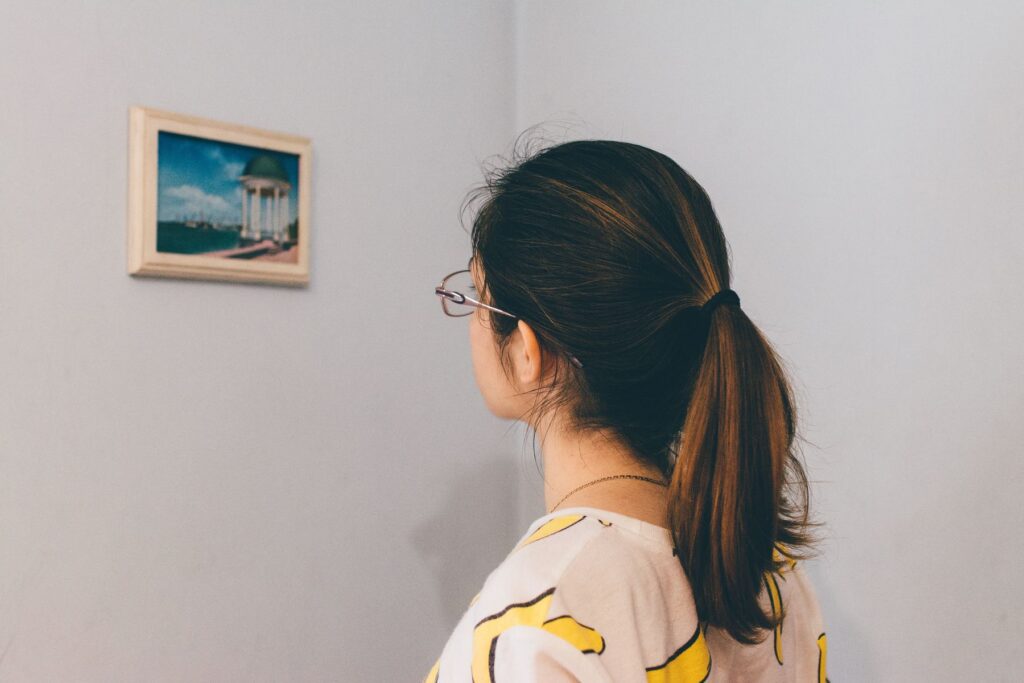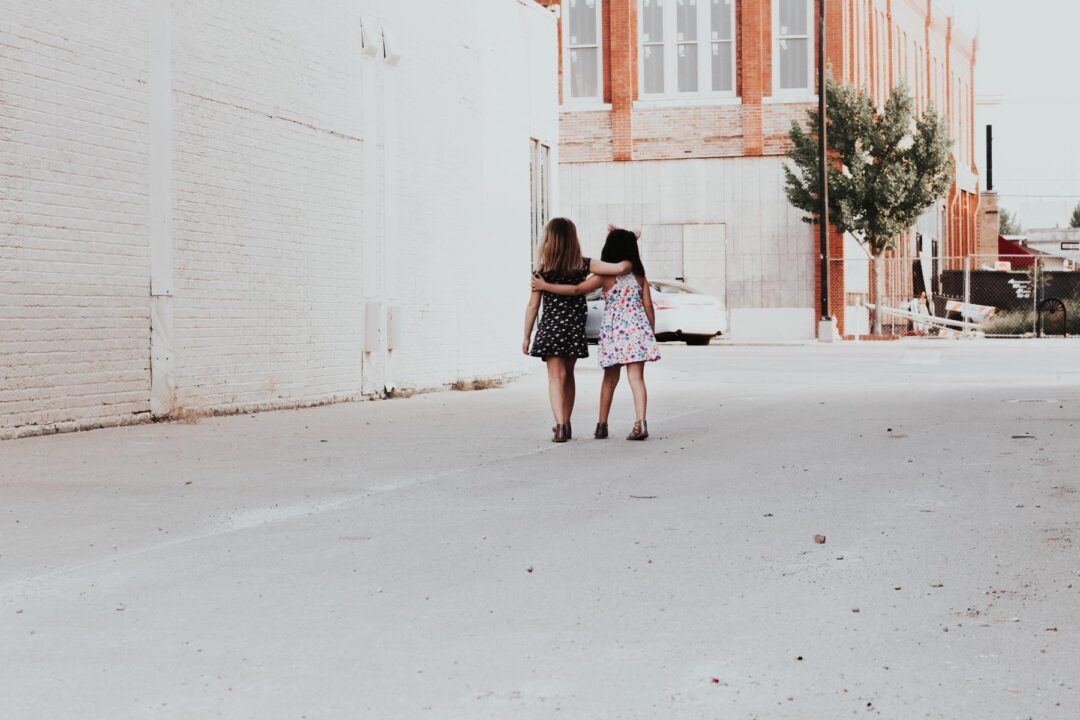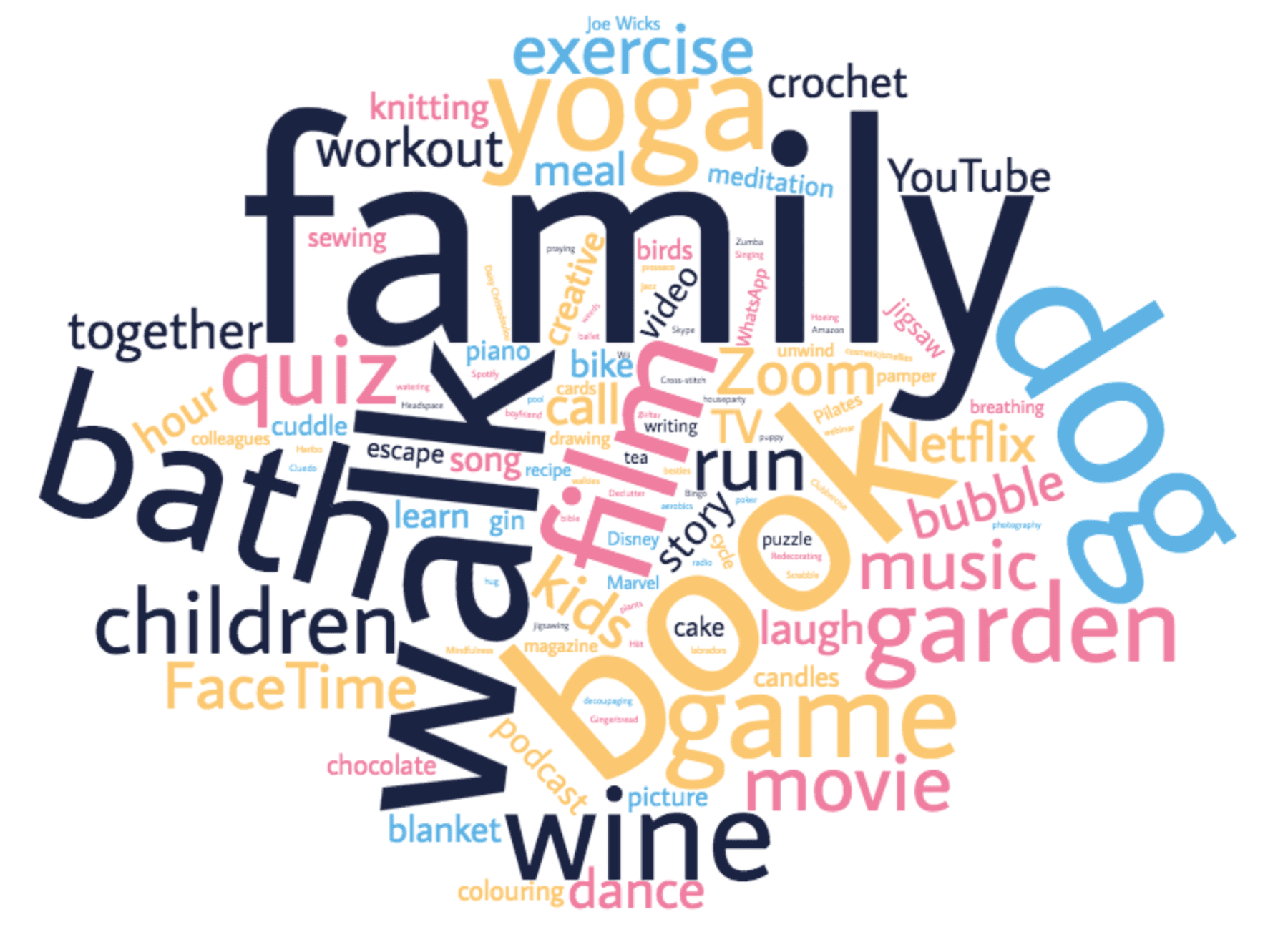Insights into inspirational arts practice in schools: Nurturing the mind and feeding the soul at Netley Camden Primary School
Written By: Author(s): Bavaani Nanthabalan

7 min read
The seed of an idea
In 2013, our school had been judged by Ofsted to ‘require improvement’ and we were operating out of a building site. Pupils were taught in portacabins separated by a much reduced playground, and our staff was facing a rather uncertain and challenging future. We needed a strategy that would inspire, motivate and unite the school community during these trying times.
The school’s 130th anniversary was around the corner and we thought that this would be the perfect opportunity to shape the year’s learning across the school. We wanted our students to explore the history of their school and its surroundings through storytelling, archival work and the arts. Some staff were skeptical about the idea, but we harnessed local intelligence in the form of former pupils, some of whom were current staff, and senior citizens in the community. Alumni began queuing up to speak to the pupils about their time at Netley; a chance for oral history to play an important role in
Join us or sign in now to view the rest of this page
You're viewing this site as a guest, which only allows you to view a limited amount of content.
To view this page and get access to all our resources, join the Chartered College of Teaching (it's free for trainee teachers and half price for ECTs) or log in if you're already a member.
This article was published in September 2019 and reflects the terminology and understanding of research and evidence in use at the time. Some terms and conclusions may no longer align with current standards. We encourage readers to approach the content with an understanding of this context.
0
0
votes
Please Rate this content
Subscribe
Please login to comment
0 Comments
Oldest
Newest
Most Voted
Inline Feedbacks
View all comments










